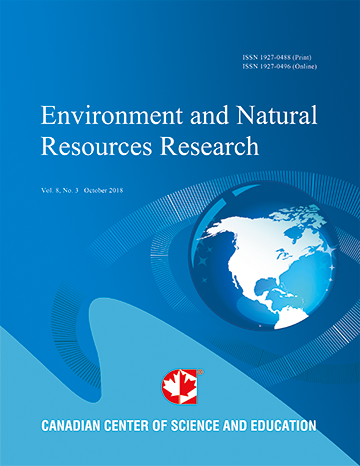Mapping the Spatial Distribution of Rabies in Kaduna State, Nigeria (1999-2009) Using Geographic Information Sytems Technology
- Asabe Dzikwi
- Idowu Abbas
Abstract
Geographic Information System (GIS) has been employed as a viable tool in various epidemiological studies. Rabies is endemic in Nigeria among the reservoir host; the domestic dog Canis familiaris and human exposures are very common. Though rabies is almost 100% fatal, it is also 100% preventable and the most cost-effective means of preventing the disease in man is to control the disease in dogs. Kaduna State is one of the states with high records of rabies in Nigeria. This study therefore was carried out to determine the spatial distribution of rabies in Kaduna State, Nigeria from records obtained from the Kaduna State Ministry of Agriculture, track the spread, assess the distribution of vaccines, and plan a control strategy for rabies in the state. Data obtained was inputted into GIS environment using Arc GIS 9.2 software and a digital map of Kaduna State that was geo-referenced. The 11 year record of rabies in Kaduna State indicates cases of the disease reported annually except in 2001, 2003 and 2005. The modal case of 2 was reported in 2000, 2004 and 2006. A total of 32 cases were reported, and 43.75% of the cases occurred in 2007. The cases were concentrated in the southern and eastern regions of the state. Lere local government area (LGA) was a hot-spot for the disease in 2007 and 2009. In 2007, Kajuru was also a hot spot. Kauru LGA sandwiched by hotspots recorded no outbreak throughout the period. In all, there were 37 human exposures following dog bites, and 7 (18.9%) human mortalities. At least 420,000 vaccines were required but only 14,232 were distributed during the period. There was no vaccine distribution in the state for 5 years (2001-2003 and 2008-2009).Vaccine distribution did not have a logical pattern.
- Full Text:
 PDF
PDF
- DOI:10.5539/enrr.v2n1p24
Journal Metrics
Google-based Impact Factor (2016): 6.22
h-index (November 2017): 12
i10-index (November 2017): 19
h5-index (November 2017): 11
h5-median (November 2017): 12
Index
Contact
- Emily LinEditorial Assistant
- enrr@ccsenet.org
